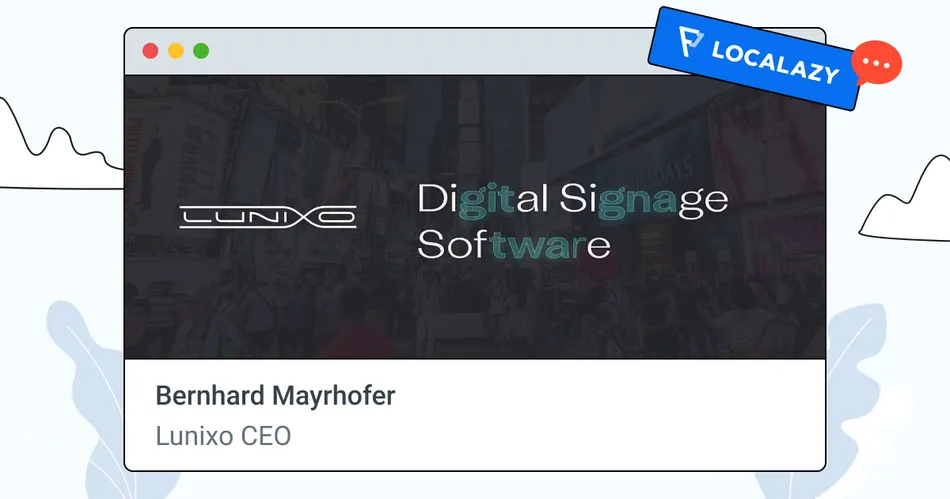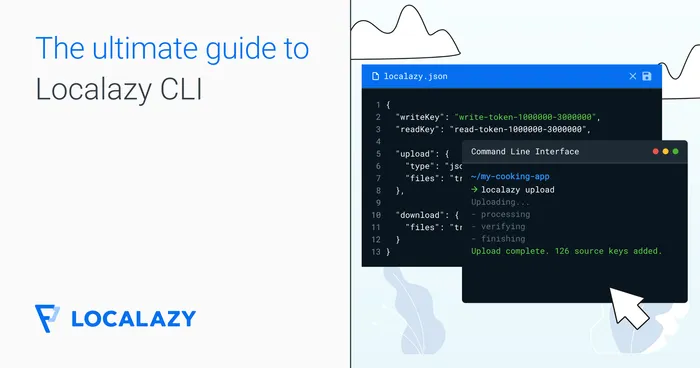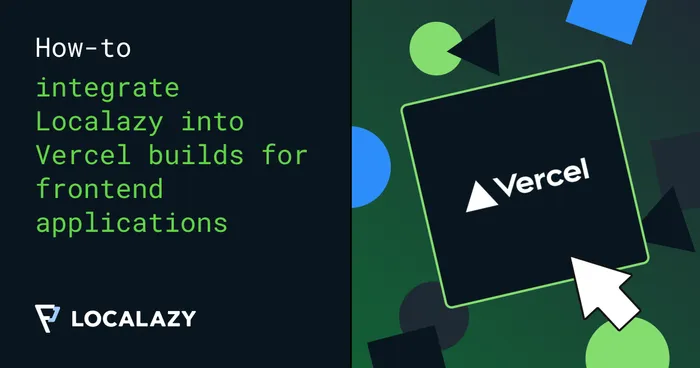In the past two decades, our world has become increasingly visual. Screens are everywhere, and the outdoors are no exception. Audiovisual content has populated shopping malls, airports, roads, and workplaces, and its future pledge is an increasing interaction with our everyday lives. Nothing of the sort can be done without the right technology, and that's where the digital signage industry comes in.
Today, we delve into this sector, which is expected to grow exponentially in the next decade, with Bernhard Mayrhofer, engineer and CEO of Lunixo. This digital signage software Austrian company is a proud Localazy user that understands that interactive content and localization should work hand in hand. 🤝 We're excited to share some of their perspectives on content management systems, the Internet of Things & the future of display technologies. So - let's dive in!

⏯️ The world of digital signage 🔗
Hi, Bernhard. Thank you for your time. Let's start with the basics - what problems does Lunixo solve?
The Lunixo Digital Signage CMS is a software platform that enables users to quickly and effectively manage their content on digital displays. Our vision is to implement complex functionalities with simple operations.
For those who aren’t familiar with digital displays, how are they present in our day-to-day lives? 👁️
Everyone is in touch with digital signage every day. This starts in outdoor areas with large LED walls —the typical Digital Out-Of-Home (DOOH) marketing— up to classic retail. Centralized control of displays is essential in the business sector.
You also offer employee information systems. Can you describe what they do and why they are important?
An employee information system refers to a software or platform used to display and communicate important information to an organization's employees. 📥 It uses digital signage displays to disseminate information, announcements, updates, and other relevant content to employees.
Who are your customers?
We primarily supply digital signage integrators. In other words, companies that place our product with their customers. These integrators are much more broadly positioned than we are. They offer software, hardware, service, support, and also finished content services for the customer, so they're complete solution providers.
What do you think makes Lunixo stand out from other providers?
Ease of use is our top priority, especially when managing many screens. The market response also confirms this. Since we are relatively young, we have been able to use modern technologies in development from the very beginning, while companies that have existed for a long time still have to struggle with old ones.
"Ease of use is our top priority, especially when managing many screens. The market reponse also confirms this. At the end of the day, the software has to be easy to use for everyone, not only technicians."
For such a small company like ours, it seems to be difficult at first to keep up with other large CMS manufacturers who have been in the business for 20 years. But this is not the case because we —or the integrators who use our software— can practically always convince the customer to choose our solution due to our UI/UX. 💡 At the end of the day, the software has to be easy to use for everyone, not only technicians.
Any success story you want to highlight?
One I remember particularly well: an integrator using Lunixo wanted to replace the existing system for a very well-known customer. Several competitors had already tried in vain with other software solutions. I thought that our chances were low due to several factors, but as it turned out, the customer was positively impressed by Lunixo and the team behind it, and he consequently switched to our system. 😃

🪁 How it all started 🔗
So, how was Lunixo created? And how did you end up in the digital signage business?
The idea came about rather by chance. I used to be a classic IT service provider, and a customer wanted to fill his TVs comfortably with content that changed regularly. 🚥 So I had to look for a solution and was unhappy with any of the ones I found. They were either difficult to use (from the end user's point of view) or very expensive. This motivation led to the idea of programming our own CMS, although it took us more than a year to start with basic functionality.
What does your team look like? 🏋️
We have a total of 6 employees at Lunixo. The core team comes from software development; thus, the know-how was already in-house. However, offering an appealing UI/UX to the customer was a challenge. I wanted to focus on the right design and operating concept from the very beginning. And software developers are naturally the wrong people to do this task satisfactorily. So, we were able to hire an excellent UI/UX designer who has been with us since the beginning.
"As an IT service provider, I had to look for a solution for a customer and was not happy with any of the ones I found. They were either difficult to use or very expensive. This led to the idea of programming our own CMS."
Curious to know - are you remote-based? 💻
There is the possibility to work remotely, but no one uses it. We all sit in the same office although we have several rooms. Direct communication over a short distance is important to us.
How is the product funded?
Mainly savings. Our growth has been achieved solely through our own resources. As things stand, we are not currently looking for any financing opportunities.
🔦 A crowded market full of challenges 🔗
From your perspective, what are the main elements that can make the digital signage process difficult?
It is important to use the right technology to implement state-of-the-art solutions easily. 📲 This starts with the software architecture in the backend, frontend, and also with the player itself.
In this competitive market, is there anything that Lunixo is particularly struggling with?
From a technical point of view, everything is somehow solvable. The challenge lies more in building an international network and finding the right partners.
What would you say are the biggest risks for your company?
Integrating with existing hardware and data sources can be a significant challenge for us. Digital signage networks often involve a range of devices, display data feeds, and sensors. Ensuring compatibility with these diverse components requires robust APIs, standard protocols, and collaboration with third-party vendors.
Also, very extensive remote management is also a challenge in order to generate as few service calls as possible. To address these challenges, it is essential to have:
- Remote management tools 📳
- Proactive monitoring systems 🔃
- Efficient customer support processes ✅
How do you think your industry will look like 10 years from now?
This question is difficult to answer, as technological advances and market dynamics distort the situation. However, increasing penetration of digital signage is very likely. 🔌 From a software perspective, I see a larger market share of interactive content and much more personalization. The topic of AI and the associated automation is already growing massively and will be state of the art in 10 years, including data analysis and integration with IoT.
"In 10 years, increasing penetration of digital signage is very likely. I see a larger market share of interactive content and much more personalization. Data analysis and integration with IoT will also be state of the art."
In relation to AI, where do you stand as a company? How does Lunixo use it currently, and what is your outlook on this controversial topic?
We've put a lot of development work into audience analytics so far. 📊 AI-driven sensors can analyze audience behavior to provide valuable insights into audience engagement and help advertisers tailor their content accordingly. There are already many such tools on the market, but they must always be in line with data privacy. The development is also strongly designed to meet the legal framework for the respective country.
Another point is content generation. Generative AI can create relevant and engaging content for digital signage displays. For example, it can generate text, images, videos, or even interactive elements tailored to the location, audience, or context of the signage.

All the founders of Lunixo are very concerned about privacy🔏, even way before we started developing with AI. I think this basic orientation or attitude is also important for implementing such products. Fortunately, the legal framework in Europe restricts a lot. And I think there will be even stricter rules in the future.
As mentioned, you also work with CMS. How has the content landscape evolved since you were founded, and how are you adapting?
The basic finding is that some actors in our industry still offer products without a CMS solution. But they are becoming fewer and fewer. More and more are relying on the cloud and are also demanding mobile apps for convenient scheduling but also for technical applications.
"There are still some actors in our industry who offer products without a CMS solution, but they are becoming fewer and fewer."
CMS solutions are integrating better and better with different data sources, such as social media feeds, APIs, and IoT sensors. Another important point is that CMS platforms have advanced analytics tools built into them that provide insights into content performance.
If you could start again with Lunixo, what would you do differently from today's perspective?
From a software perspective, I probably wouldn't do much differently. Maybe prioritize some tasks differently. From a sales perspective, we should have positioned ourselves more broadly right from the start.
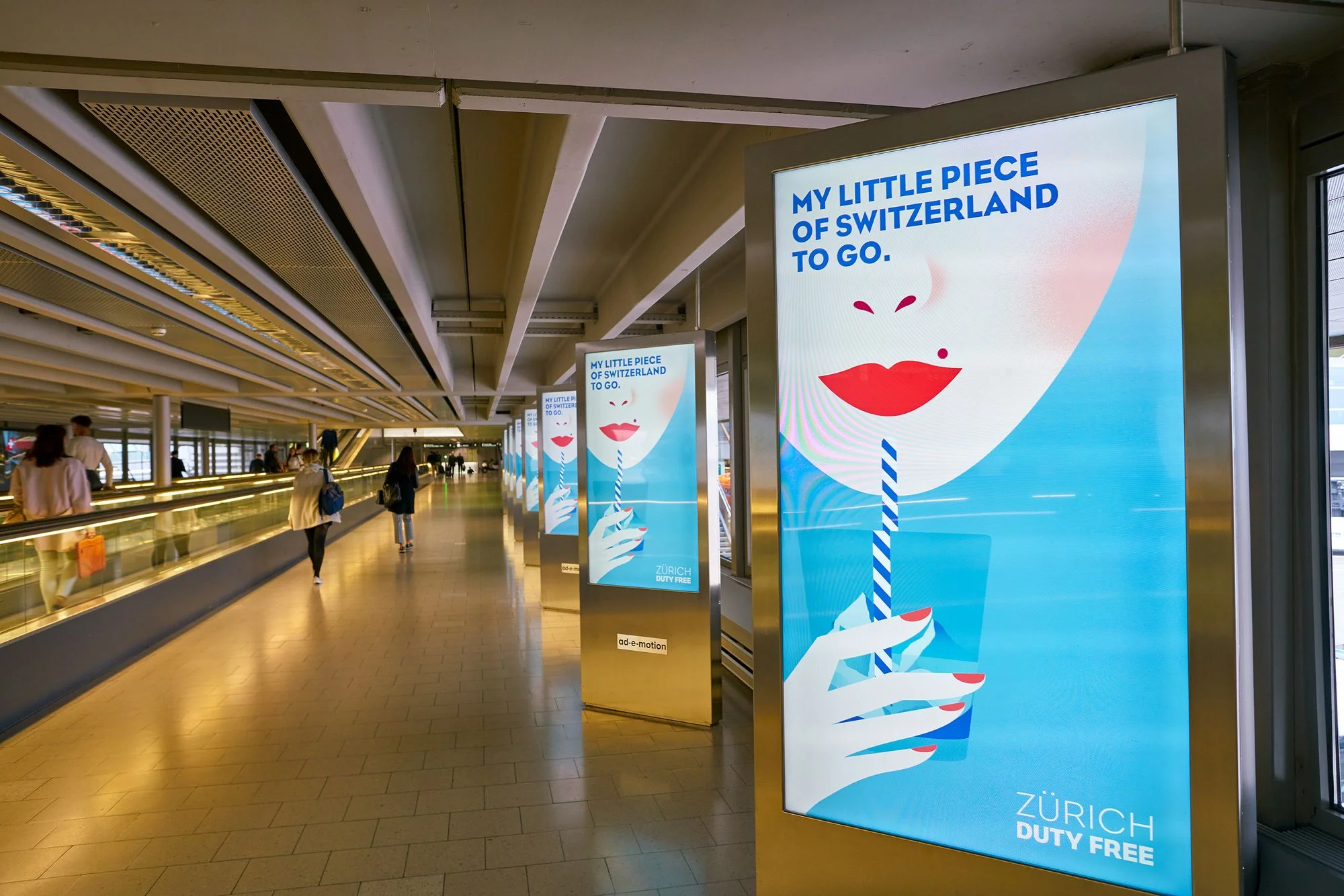
💬 Localizing their CMS 🔗
Time to discuss localization. Why did you decide to use it, and why did you choose Localazy?
Because it is a relatively simple tool for translating our CMS, we checked out several tools: Localazy is easy to use, offers top-notch support, and the price component also fits. For these reasons, I see it as a very good tool for startups.
Did you have previous experience with localization before Localazy?
We used another tool before, but it was nowhere near as user-friendly, and it also cost more. After we found Localazy, it was clear to us that this was the best solution. 😄
What does the workflow look like now? What are you translating?
We develop our CMS in English, which is then translated to other languages using Localazy. Right now, we also have German, and I think Italian will come next. It is relatively easy to extend to other languages.
💡 Learn how Localazy CLI allows you to upload your files, translate them and download them back to your app or site in our handy guide.
What is your favorite Localazy feature? Also — do you have experience with Localazy's Translation Services?
The CLI tools and the support are great. I had a very special request, which was solved perfectly. We do not have any experience with translation services yet, but we probably will in the near future as soon as we don't find a translator for the required language. For now, one team member is in charge of the development, and one is in charge of the translation process itself.
Currently, how relevant is localization for the digital display business? And - do you think localized interactive content will be the norm in the near future?
Localization is an important aspect of playing out content - however, a lot of it is currently still done manually. With interactive content, it'll have an increasingly important role, especially in larger projects.
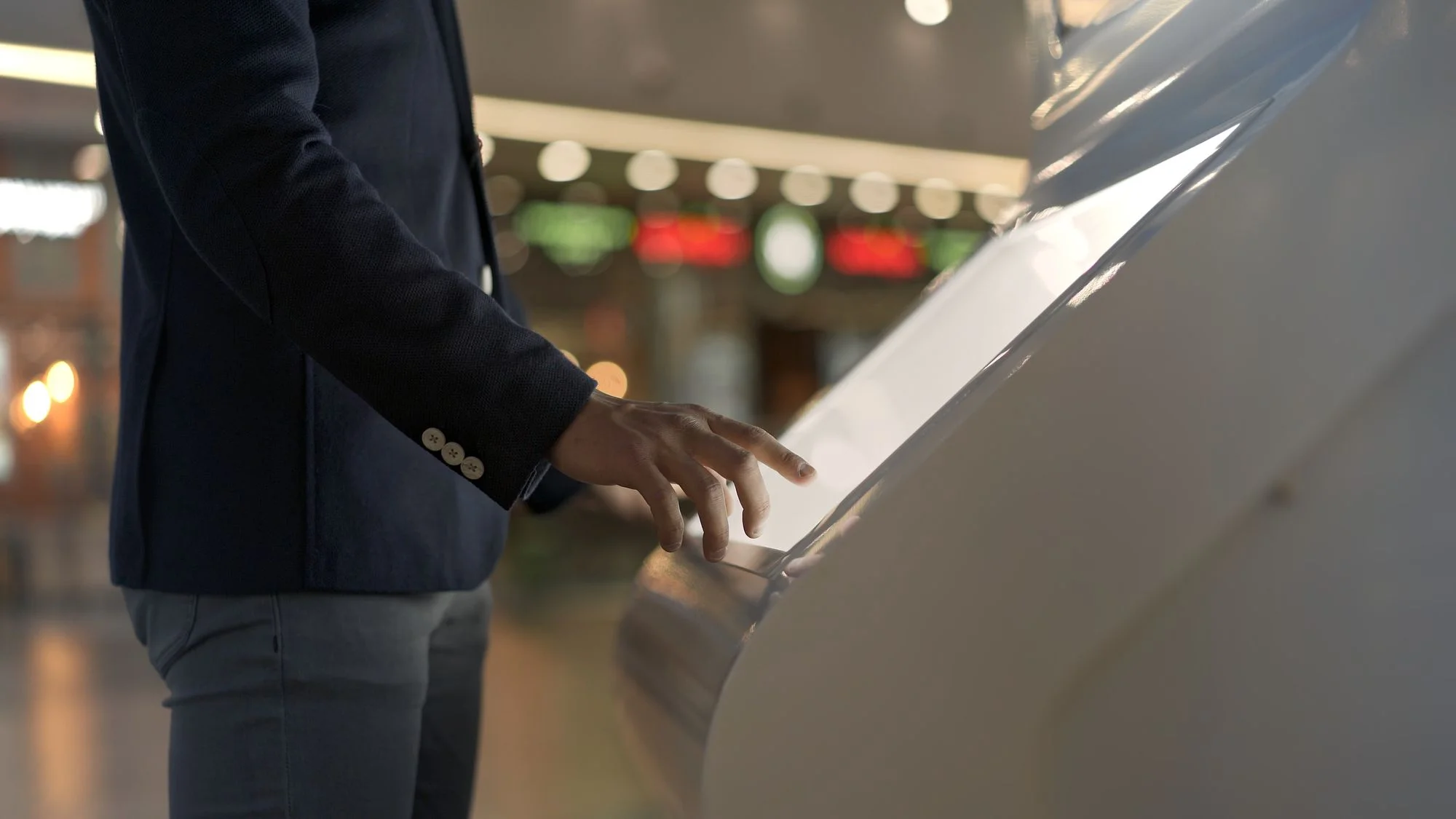
🎯 Looking ahead 🔗
What are the next steps and future plans for Lunixo?
The expansion of AI and the associated intelligent playout of content. We have already put a lot of development work into these features, but in the end, this is only the basis that we have currently created. As I've already described, there will be a lot of work on customized content for the viewer. You'll see ads that are relevant to you on social media platforms. Classic DOOH will drift more in this direction.
What does success look like for your company?
Customer satisfaction comes first. A successful digital signage company should have satisfied and happy customers. Another part is the market share and competitive positioning, combined with innovative technology and solutions.
"Localization is playing an increasingly important role with the rise of interactive content, especially in larger projects. However, a lot of it is still done manually."
Very well put! Before we go, would you like to highlight some services or products you really like to use on your own?
Yes! dotnet, C#, Angular, Linux/Ubuntu, Electron..., and Localazy.
Finally, any tips for aspiring entrepreneurs?
The most important thing is perseverance. Just keep at it. Then, you can also convince others who want to make the idea big with you.
🏆 Get featured on the Localazy Blog 🔗
Do you love Localazy? Would you like to share your own success story? Head to the community section and apply for an interview now! We will promote your product on our blog, and you'll get rewarded for it! 😉
Get featured on the blog - answer our questionnaire in the community section to get the ball rolling!
